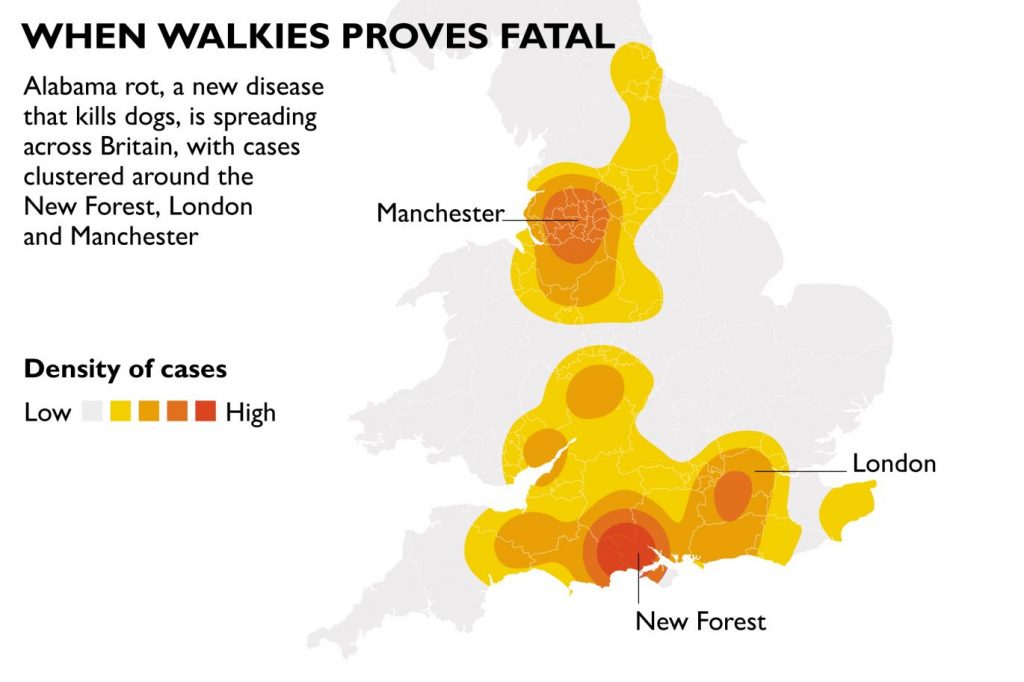Dealing with cutaneous and renal glomerular vasculopathy in dogs
by Laura Holm and David Walker
Abstract
Cutaneous and renal glomerular vasculopathy (CRGV) is a disease of dogs, first reported in racing greyhounds in the USA during the 1980s. The disease causes erosive to ulcerative skin lesions, predominantly affecting the limbs, ventrum and oral cavity; however, a proportion of dogs develop more severe systemic abnormalities, including thrombocytopenia, anaemia and acute kidney injury. The disease was first reported in the UK in 2000, in a single pet greyhound. Since 2012, over 160 cases of CRGV have been confirmed in a wide range of dog breeds; no age or bodyweight predilection has been identified. To date, the cause of CRGV in dogs remains unknown. This article provides a review of the history and clinical signs and advises practitioners on the current approaches to dealing with the condition.
http://dx.doi.org/10.1136/inp.k4368
The articles includes:
- History of the disease in domestic
animals
- Pathogenesis
- Thrombotic microangiopathies in people
- Current knowledge of CRGV in the UK
- Clinical signs
- Aetiology
- Investigating suspected cases
- Approach to cases without apparent
Acute Kidney Injury (AKI)
- Approach to cases developing AKI
References


